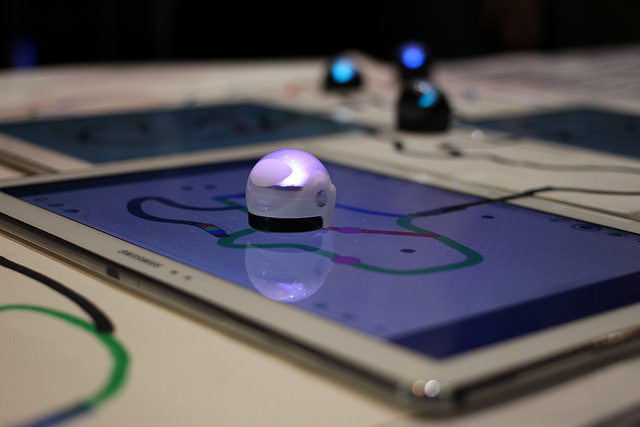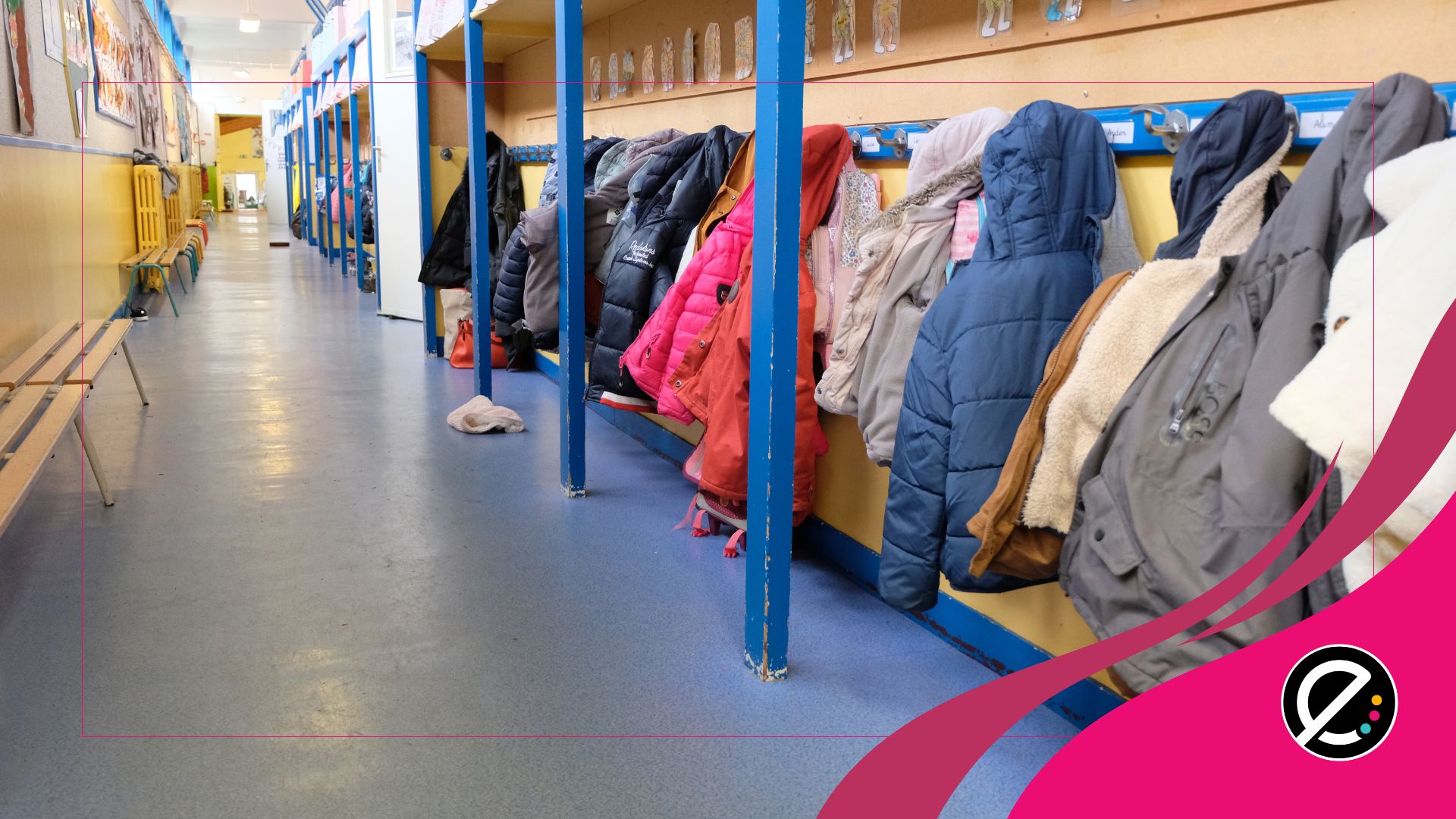Ozobot est un petit robot à la technologie simple et ludique, visant à enseigner les notions de base de la programmation grâce à ses capteurs de couleurs.
L’utilisation pédagogique de la robotique est de plus en plus populaire car elle encourage l’apprentissage de la programmation tout en favorisant la motivation scolaire. Elle permet également de développer de nombreuses compétences chez les jeunes.
Dans ce sens, connaissez-vous Ozobot? C’est un petit robot à la technologie simple et ludique, visant à enseigner les notions de base de la programmation. Des activités pédagogiques pour les niveaux primaire et secondaire, suivant un apprentissage progressif, ainsi que des guides d’utilisation du robot sont disponibles gratuitement sur le site Web de l’entreprise.
Comment ça marche?
Ozobot est un petit robot doté d’un système de détection de couleurs. Il est capable de décoder les trajets tracés avec des marqueurs de couleur sur une feuille de papier ou de suivre des trajets sur une tablette électronique. Une action spécifique est associée à chaque séquence de couleur (noir, bleu, rouge et vert). Selon l’ordre choisi, le robot peut notamment accélérer, tourner, faire demi-tour, s’illuminer, zigzaguer, effectuer une pause ou ralentir. Chaque tracé doit débuter et se terminer par un trait noir. Cette courte vidéo explique le fonctionnement de base de ce robot.
Ozobot en classe
L’utilisation en classe de ce type de technologie permet aux élèves de créer eux-mêmes les parcours que le petit robot pourra ensuite suivre. L’élève se familiarise avec les algorithmes de façon concrète en manipulant le robot. L’élève dessine un trajet sur une feuille blanche, à l’aide de crayons feutres, en suivant des modèles ou en suivant les directives de son enseignant. Le guide des différentes actions qu’Ozobot peut exécuter aide à visualiser les multiples possibilités d’actions et de trajets.
Les nombreuses leçons pédagogiques, conçues par des enseignants, abordent différents aspects de la programmation. À titre d’exemple, l’une des leçons offertes sur le site permet de comprendre comment le robot choisit les actions à exécuter et de comprendre pourquoi il recule, se déplace à gauche ou à droite ou décide de faire demi-tour. Il est également possible d’imprimer des trajets prêts à être utilisés avec Ozobot ou d’utiliser des étiquettes autocollantes avec des codes de couleur préalablement inscrits.
Les élèves apprennent donc à coder et à créer des algorithmes simples sans avoir à maîtriser un langage de programmation plus complexe.
Compétences développées chez les élèves
Programmer avec Ozobot favorise le développement de plusieurs compétences chez les élèves. En plus d’acquérir des notions de base en informatique et en mathématique, les élèves peuvent exercer leur logique, raisonner, travailler en équipe, résoudre des problèmes, concevoir des trajets, s’initier à la géométrie, expliquer et justifier leur choix de programmation. Des fonctions plus avancées d’Ozobot sont aussi possibles pour les élèves du secondaire.
Cette nouvelle mascotte de classe vous tente? On peut se procurer un kit de base au coût de 59 $US.
Pour en apprendre davantage sur le codage en général, le livre Vibot le robot de la professeure en technologie éducative à l’Université Laval, Margarida Romero, est conçu pour initier les enfants à l’univers de la robotique et du codage.
Photo : Maurizio Pesce, via Flickr






